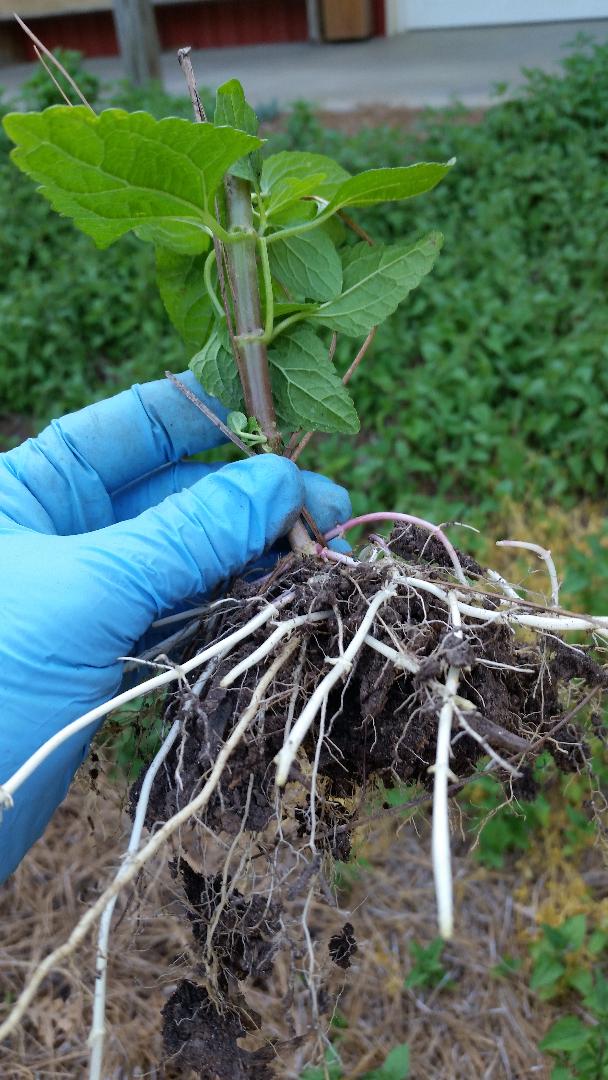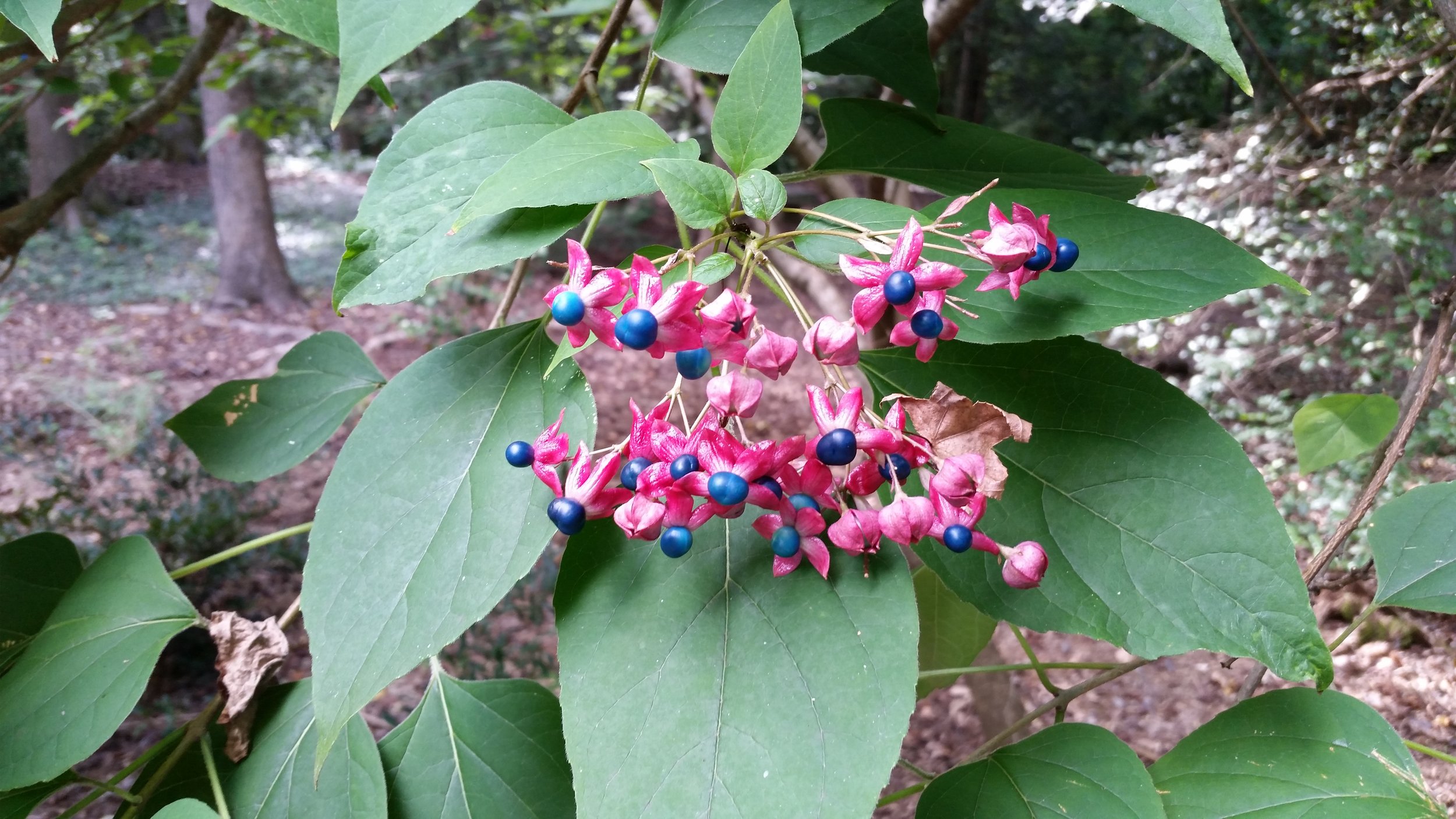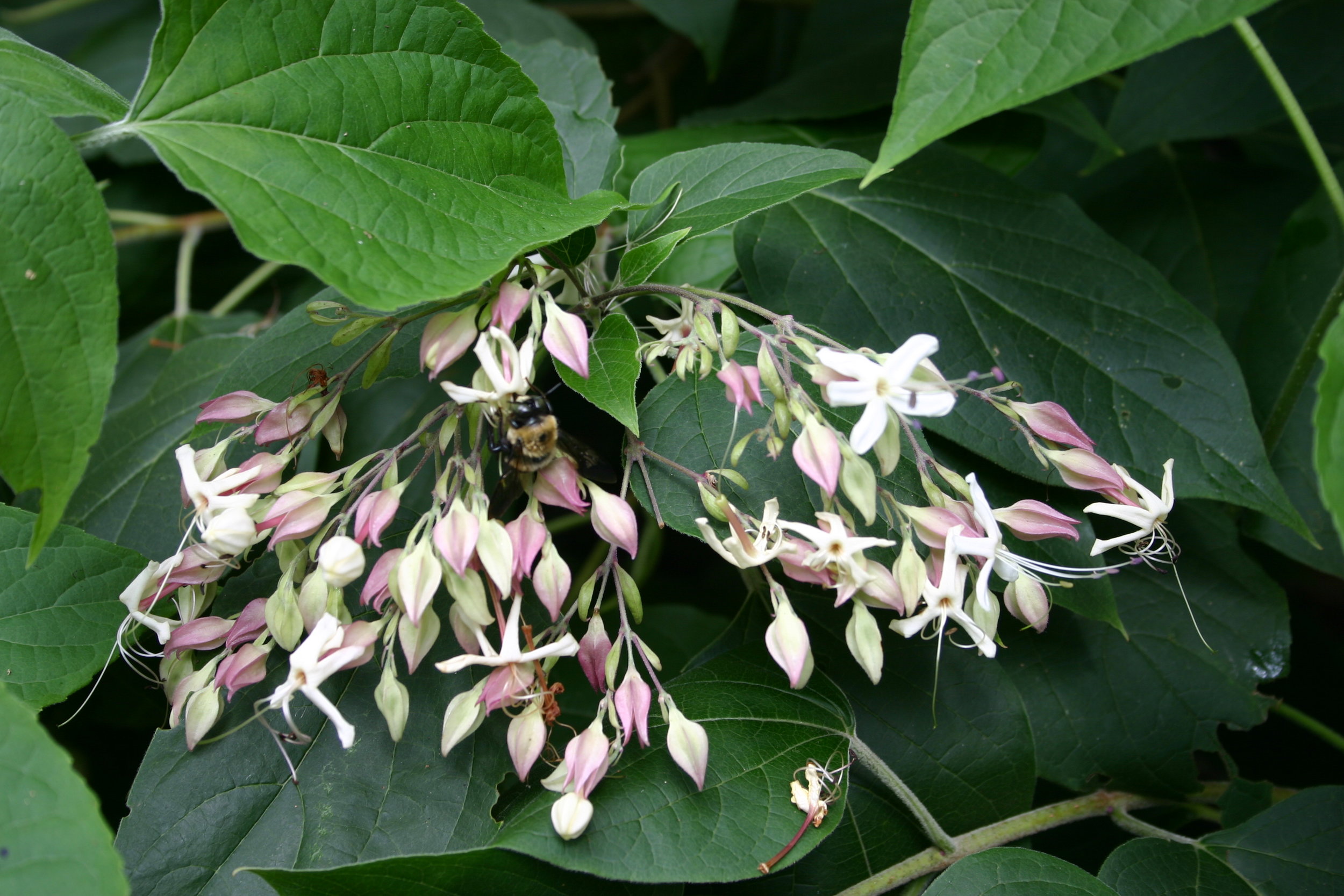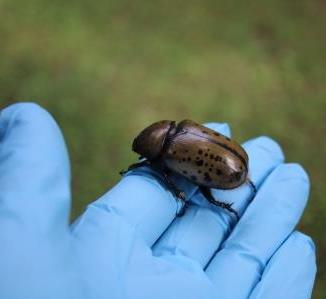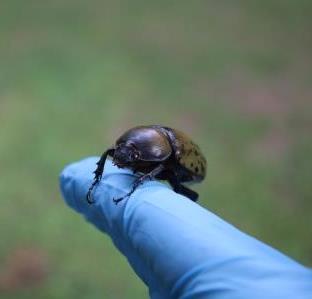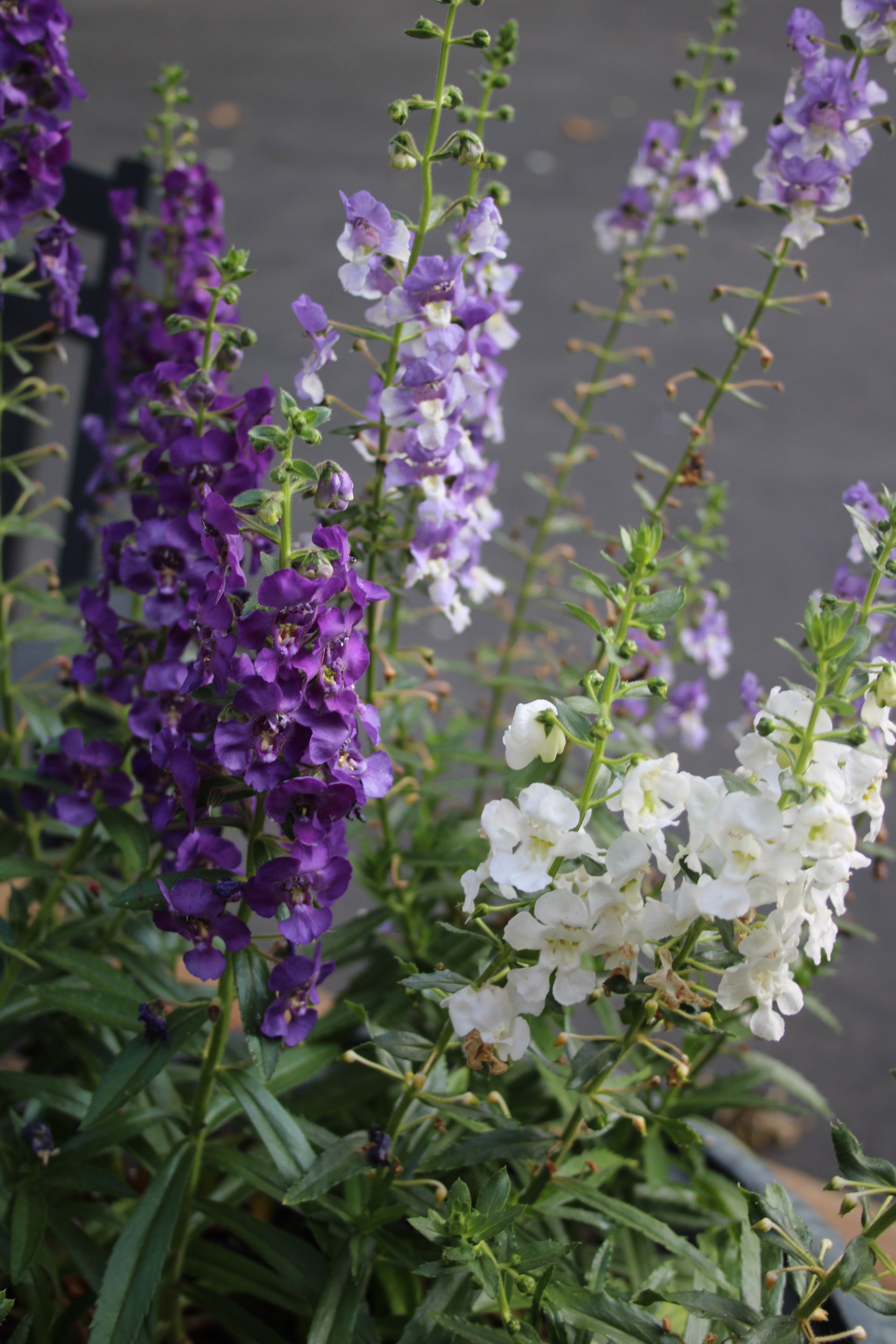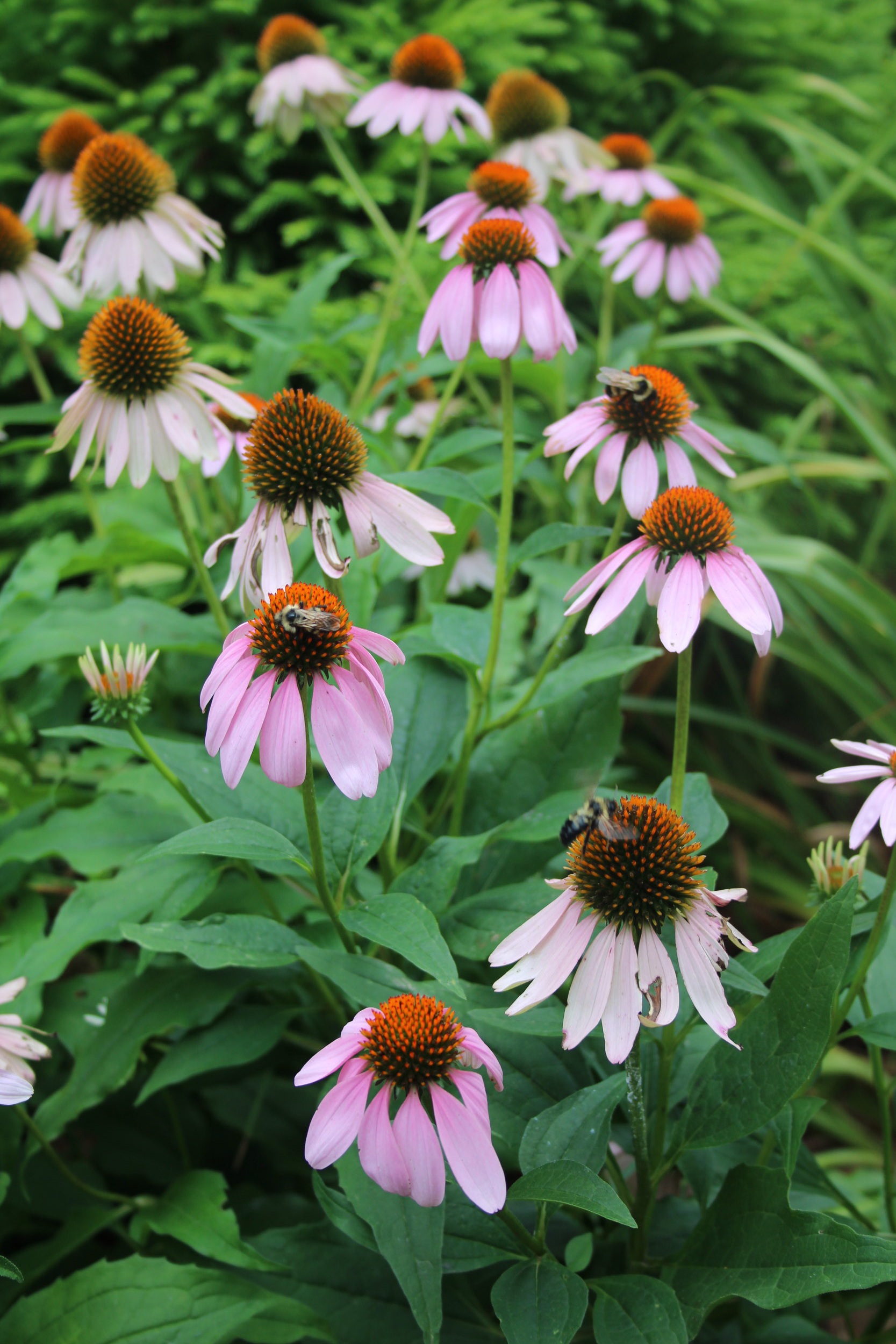When fork trucks start unloading large crates of pumpkins at the big box stores, it is a sure sign that Halloween is soon and Christmas tree displays are imminent. Many pumpkins (45%) are purchased for Halloween jack-o-lanterns and seasonal décor, but they are powerhouses of nutrition for both people and animals.
Pumpkins are members of the squash family. They are orange because they contain beta-carotene, the same healthful substance that makes carrots orange. The flesh contains vitamins A and E, folate and fiber. Though not as popular as sunflower seeds, pumpkin seeds are tasty and healthy too. Misshapen or damaged fruit are used as food for livestock (horses, goats, cows, sheep). If you don’t have livestock, you can either compost your old Jack-o-Lantern or put it out for squirrels and other wildlife to enjoy. (Cue the cute YouTube videos of hedgehogs eating pumpkin.) Prevent reseeding in the compost pile by instead placing the seeds in bird-feeding stations. Cut the fruit into pieces to help birds enjoy the flesh.
The world’s largest pumpkin was grown in Germany in 2016. It weighed 2,323 pounds. Despite being huge, it wasn’t very pretty (my opinion), being lopsided and a puny color. Most of us favor the smooth, uniform varieties.
Pumpkins come in various shapes, sizes and a range of colors: orange, red, white, green, yellow, tan and even purple. If you plan to purchase one for carving a jack-o-lantern, it is best to take along your proposed cutting design on a piece of paper to ensure the pumpkin you select will accommodate it. My personal preference is a fruit with a bit of a lean. If the face is carved on the side that is tilted skyward, it is easier to see and enjoy. As you shop, be on the lookout for soft spots, cracks or insect holes. These flaws will make your pumpkin decay faster. Do not carry the pumpkin by its stem or you take the risk of it breaking.
I love the look of the “warty” fruits, but a good friend of mine thinks they are beyond creepy. These “Knuckle Head,” “Gargoyle,” and “Goosebumps” varieties were genetically engineered to have the irregular surface. They are still edible, but not as tasty as their smooth-skinned cousins.
Pumpkins are easily grown but because they are vigorous vines be sure to allow plenty of space or they may overtake the other plants in your garden. Vines will grow in every continent except Antarctica. Like other squashes, plants have both male and female blooms. The females have a small round bump on the bloom stem, just behind the blossom, that will eventually develop into a fruit. Male blooms always appear first and in larger number than the females. If you are hoping to grow a large one, wait until several healthy fruits have started to develop and then remove all but one or two. The others will mature to a larger size than if all the babies were allowed to remain. Pumpkins will start to change color when days become shorter, nights become cooler, and soil moisture increases with autumn rains. Hot summers or unusual moisture patterns can lead to premature ripening.
Americans traditionally serve pumpkin pie at Thanksgiving, but at the original Indian-Pilgrim feast in the year 1620, it was most likely served stewed or baked. Stewed pumpkin is tastiest with copious amounts of butter, brown sugar and cinnamon, which takes it off the health food list. Check the internet for dog-treat recipes that include cooked pumpkin.
Trivia: The “Pumpkin Capital of the World” is Morton, Illinois, the home to a Libby plant.
More Trivia: The first Jack-o-lanterns were carved turnips, not pumpkins.
Final Trivia: According to the National Garden Bureau, 2019 is “The Year of the Pumpkin.”
For a wealth of pumpkin information see website www.pumpkinnook.com.
Housekeeping notes: Many of you have sent me private emails informing me of difficulty in leaving comments on this blog. I have researched the problem and made a few changes in my website settings. I hope that this has resolved the issue. If you are not a subscriber, you will still be prompted to add a name for your comments, but you can click on “Comment as Guest” without providing other information or creating an account. Please, do me a kindness and let me know if my changes fixed the problem. If not, you can let me know via a private email to mary@marysnoddy.com. Thanks, readers – You make blogging fun!
I found this graphic and wanted to share. Adorable “no carve” pumpkins from the website www.craftymorning.com/no-carve-minion-pumpkins/
Traditional orange pumpkins
A wide choice of pumpkin colors
Pumpkin patch sales are a favorite fall fundraiser for civic groups.






